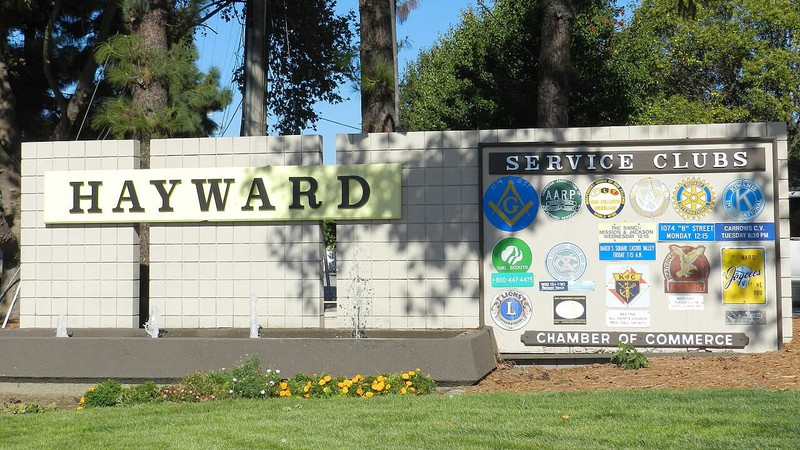The legacy of ‘service clubs’ such as Soroptomists and Rotary lives on in a new generation of social clubs and volunteer organizations.

Welcome to town. Here's how you can pitch in! Mercurywoodrose CC BY-SA 3.0
The First Service Clubs
A familiar sight on the outskirts of many cities and towns in the United States is the “Welcome to …” sign festooned with the insignia of local service clubs. There’s the Kiwanis, Rotary, Soroptomists, Knights of Columbus and Lions, to name a few, and my personal favorite, IOOF—the International Order of Odd Fellows.
This tradition honors the legacy of charity and volunteering that has always been a feature of American life. Whether informed by religion or just plain human empathy, people have reached out to the poor and unfortunate in various ways to try to make their lives a little easier since the founding of the country.
Service clubs evolved from men’s business lunches and women’s afternoon teas into formal mission-oriented organizations at the end of the nineteenth century. Loosely defined as “voluntary associations for public service,” local clubs federated over time into the national organizations operating in communities today.
Though they are formal organizations devoted to improving communities, most service clubs retain the flavor of their early history as gatherings of friends or colleagues mixing private comradery with the desire to do public good. For example, the Lodges of the Benevolent and Protective Order of Elks, who serve their communities by “demonstrating that Elks Care and Elks Share,” generally feature a full bar.
By the 1930s, membership in the larger service clubs reached one million active members, and by the 1960s, almost 20 million. By 2000, though, membership had declined to under five million.
The Rise of The Professional Nonprofit Sector
The shifting service club membership numbers probably reflect the changing landscape of charity as an economic activity recognized by the evolving federal income tax code, such as the income tax deduction for charitable giving in 1917 and the Tax Reform Act of 1969. This in turn helped seed the rise of the professional nonprofit sector to the point where by 2022 there were almost 1.5 million nonprofits employing more than 10 percent of the US workforce, and taking in over $2 trillion in annual revenues.
It would be imprudent to read the decline of legacy public service club membership as a corresponding decline in public service, as almost one quarter of the US population formally volunteer in their communities through a nonprofit organization at least once a year.
Indeed, a new crop of charitable service organizations have risen and have adapted the “private comradery/public good” formula for young adults. One example is the HandsOn Network. Founded in 1992, it was designed to appeal to young adults and businesses by coordinating and offering effective once-a-month volunteer-for-a-day opportunities around smaller projects.
What Is New Is Old
Despite the changing nature of doing public good, a significant slice of Americans continue to do it, and they like to do it with their friends and family.
It is perhaps the strongest thread binding the civic fabric of community life—the impulse to work together to make things better.
Long form articles which explain how something works, or provide context or background information about a current issue or topic.